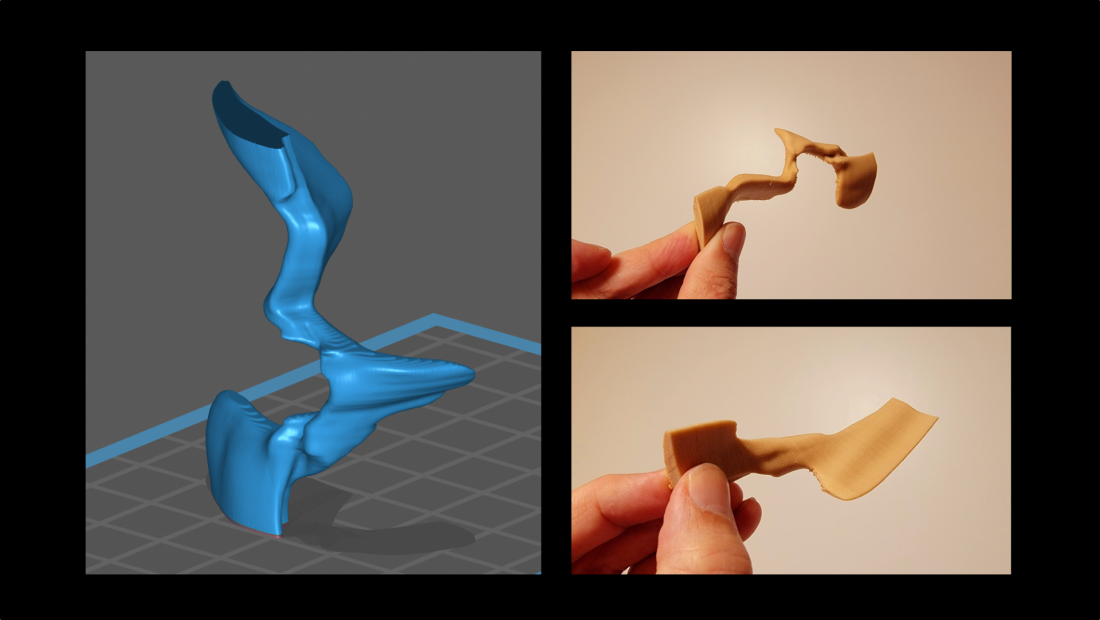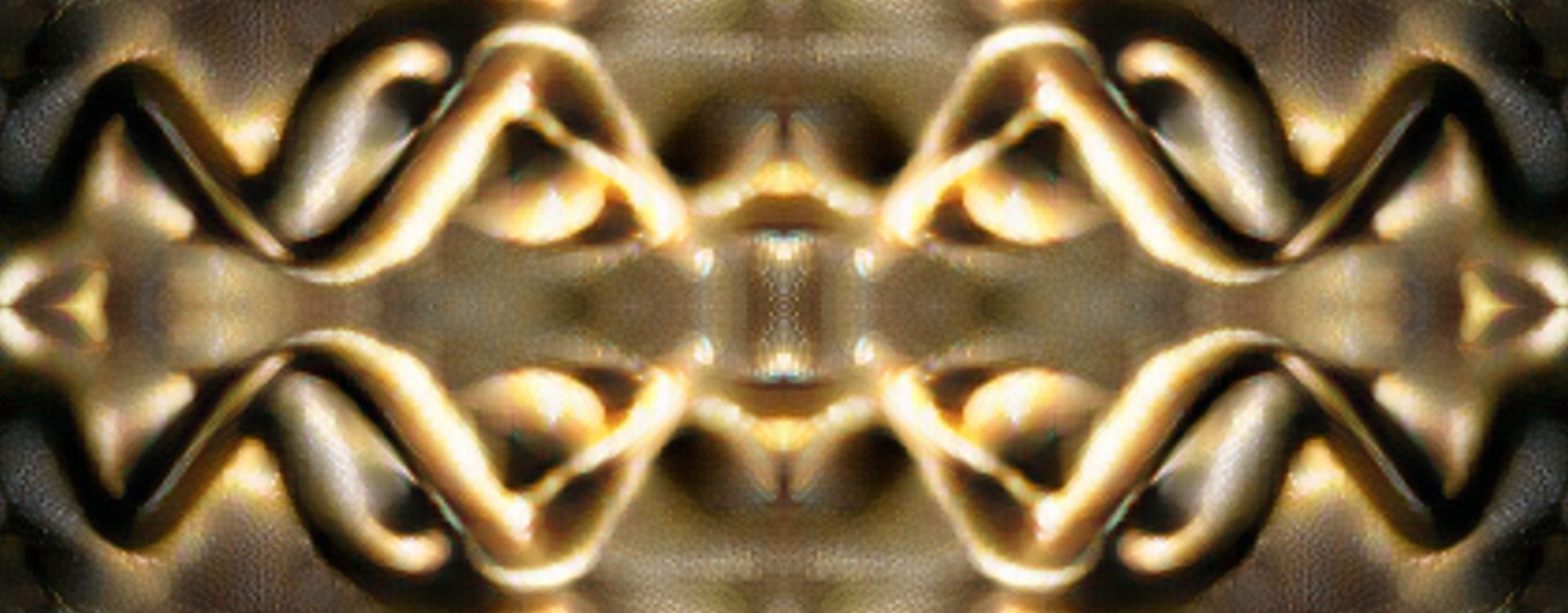Putting a flame to music and matter

Scientists fabricate new materials and sound from flame
Anyone who has gazed at a candle flame feels the calming visual sensation it brings to a room. Fires physical behavior and mesmerizing flickering flame has fascinated humankind since the prehistoric era. Now, at the intersection of science and art, scientists at the Massachusetts Institute of Technology use fire to create music and matter.
At the Annual Physics Society March Meeting, materials scientist Markus Buehler, the Jerry McAfee Professor of Engineering at MIT, will provide a talk that covers new results from a technological method to render flames into sound, and the design and manufacturing of nature-inspired materials.
The new research conducted by Buehler and his postdoc Mario Milazzo explores fire from a whole series of new perspectives and uses deep learning approaches that extract the vibrational features of flames as flickering objects, and in turn, renders them into audible sound and materials.
“Fire has all the elements of a vibrating string or vibrating molecule but in a dynamic pattern that’s interesting.” said Buehler.
Buehler’s lab studies quantum phenomena such as making music with proteins and bio-based materials from nature to model and create new sustainable materials with architectural features.
“Fire is an interesting system in nature that brings a new perspective to our lab’s research. It’s vibrational, rhythmic and repetitive, and continuously changing and this is what defines music,” said Buehler.
The researchers use a deep learning approach to first explore what the vibration of a single flame sounds like, and then generalize the approach to a larger fire that creates an ensemble of sounds.
“Deep learning helps us to mine the data and particular patterns of fire and with different patterns in fire, you can create this orchestra of different sounds,” said Buehler
Based on these models, the researchers also explore how to model the self-assembly process of elementary building blocks – be it notes emerging as music, or single flames emerging as a larger fire – in different ways. Self-assembly is the phenomenon by which a protein, or material, forms structures “by itself.” In this case, the deep learning model uses the flames as building blocks to design a structure out of the flames.
“We can ask the deep learning algorithm to draw a mountain with a goat, or a fairytale garden. But instead of drawing it out of the usual colors and strokes, we’re drawing it from flames as its building blocks, forming a complex, dynamic arrangement of appropriately placed flames that self-assembles and form an incredible construction of a mountain with a goat. You can see how the flames dance around and create different structures,” said Buehler.
Buehler also says you can ask the technology to draw an artificial flame with the most salient ways by which flames flicker, and it will fabricate interesting statuesque structures.
“It’s a bit like freezing a fire’s flame in time and being able to look at it from different angles. You can touch it, rotate it, and the other thing you can do is look inside the flames, which is something that no human has ever seen.”

This new work represents the first generation of music and nature-inspired materials from fire and can be a platform to be used for other natural phenomena in the quest for new architectures, geometries, and design ideas, offering additional directions in artistic and scientific research through the creative manipulation of data with structural similarities across fields.



